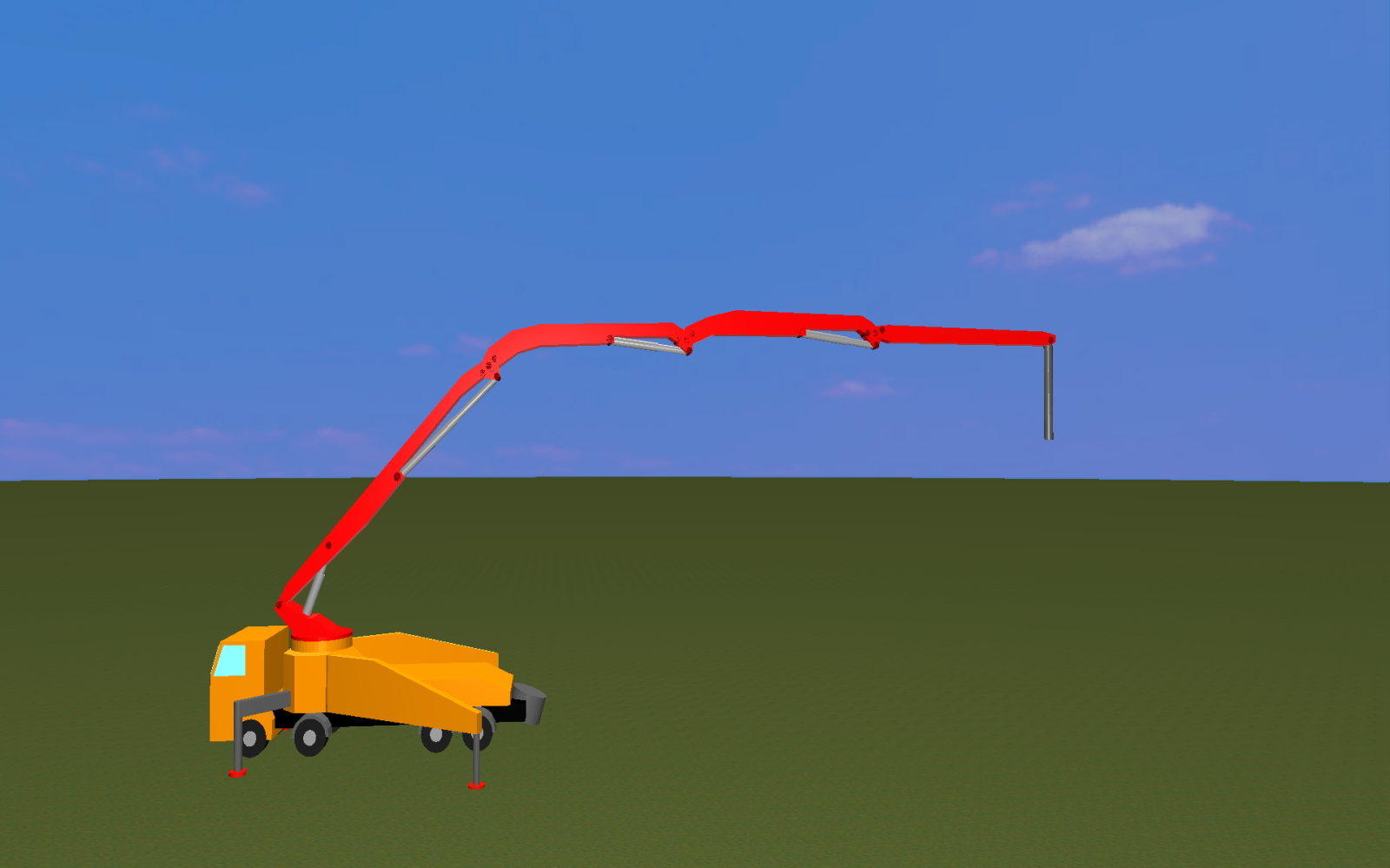
The growing technical importance of distributed systems is accompanied by a strong change in the structure of control systems. A single control unit is no longer used for the control of the complete process. Instead, a plurality of controllers together with sensors and actuators as well as the control loop itself form a digitally networked dynamic system.
The concept of hardware-in-the-loop (HiL) is increasingly used to validate the control concepts. In this case, the electronic control units to be tested are not integrated directly into the real system, but into a test bench with a mathematical system simulation. The control unit is connected to the HiL platform by means of a corresponding electronic interface so that there is no difference between the test bench and the later controlled system from its viewpoint. While HiL tests are well-established in automotive engineering, there are no prefabricated simulation components for special machines such as tractors, cranes and excavators.

